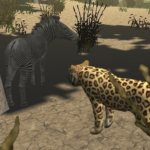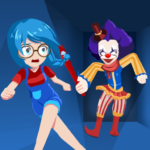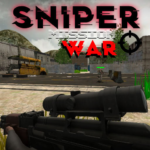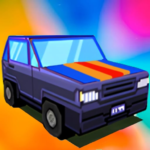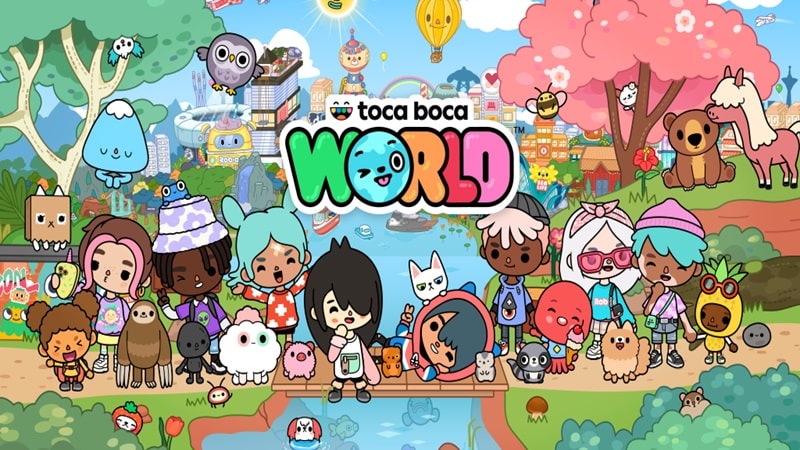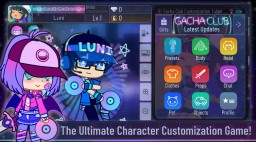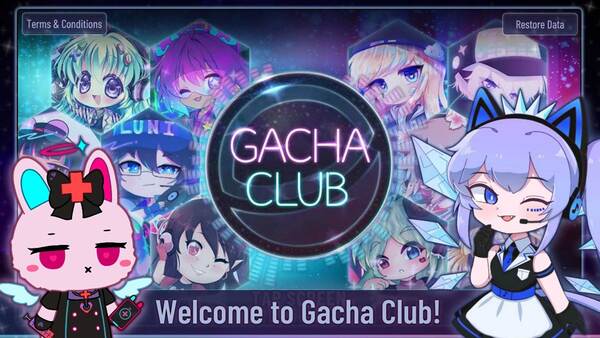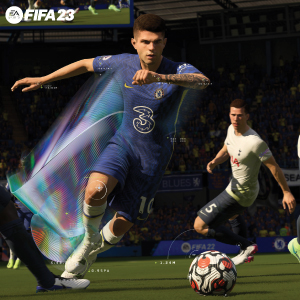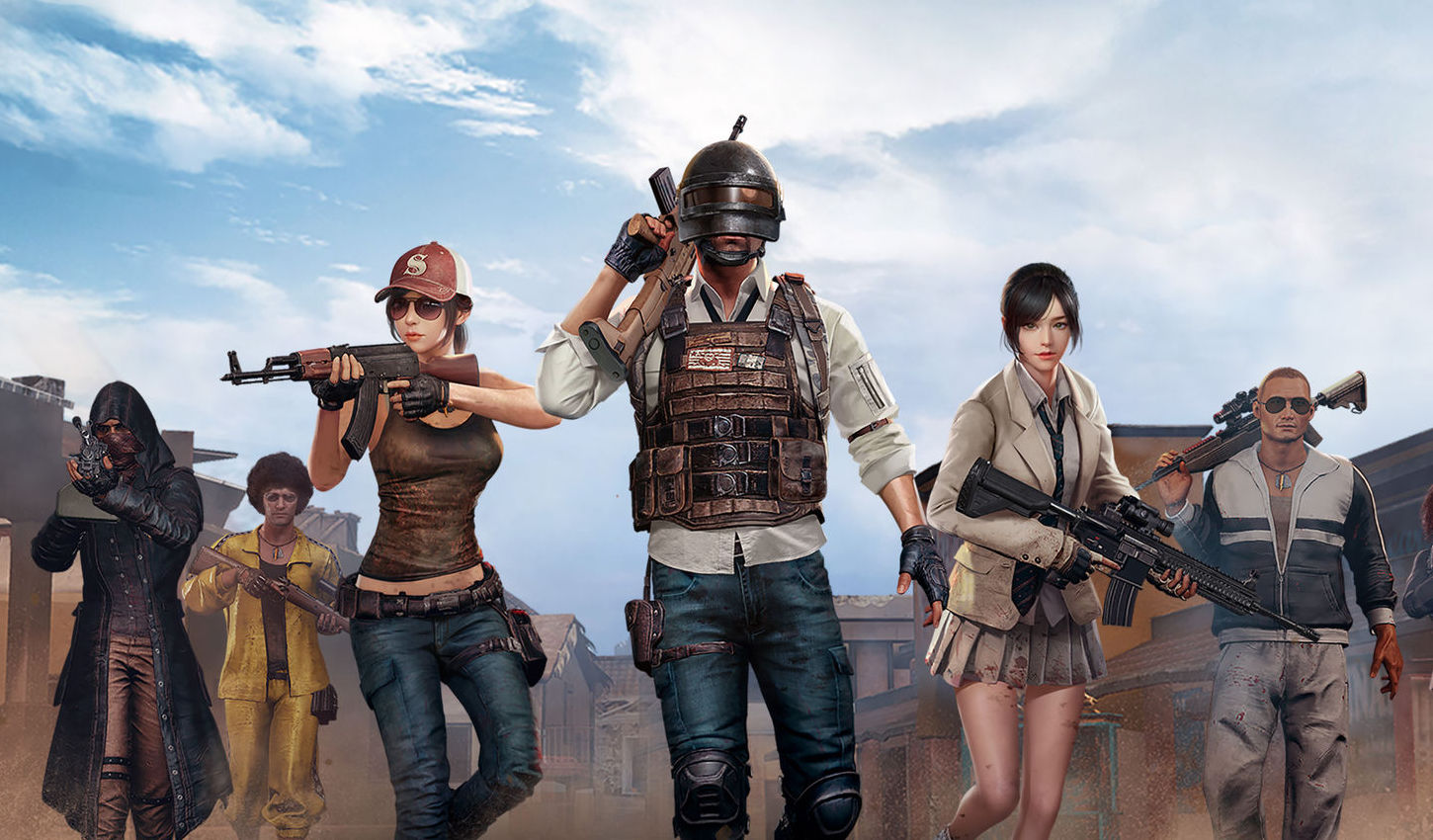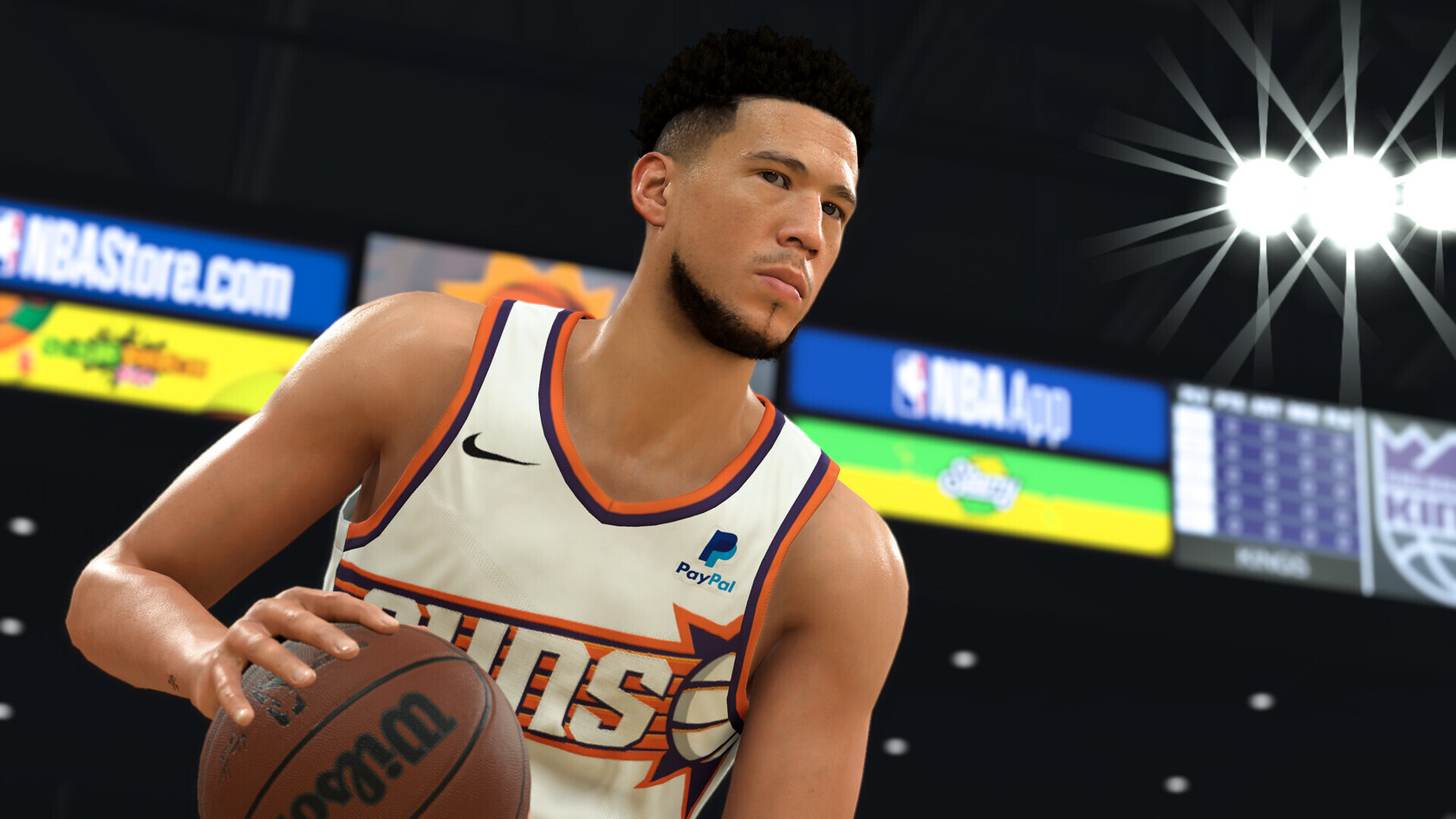Brawl Stars: A Deep Dive Into Supercell’s Real-Time Battle Phenomenon
Since its global launch, Brawl Stars has captured the attention of mobile gamers with its fast-paced combat, colorful art style, and evolving meta. Developed by Supercell — the powerhouse behind Clash of Clans and Clash Royale — Brawl Stars takes a different approach. It combines MOBA elements with battle royale mechanics, delivering a quick yet strategic experience tailor-made for mobile platforms.
Furthermore, the game has matured significantly over time, introducing new brawlers, game modes, and progression systems that keep players returning daily. Whether you're a casual brawler or an aspiring esports contender, this guide will walk you through the rise, mechanics, community, and staying power of Brawl Stars.
The Origin of Brawl Stars: From Soft Launch to Global Phenomenon
Brawl Stars was first soft-launched in 2017 in select regions like Canada and Finland. Unlike Supercell’s earlier games, which focused on asynchronous strategy, this title took a more action-oriented, real-time direction.
Initially, the game featured a vertical screen layout and a twin-stick shooter mechanic. However, due to community feedback, Supercell redesigned the game into a horizontal format, improving control precision and game readability.
Eventually, after several iterations and major UI upgrades, Brawl Stars was globally released in December 2018. Since then, it has enjoyed over 100 million downloads, a dedicated competitive scene, and seasonal updates that have kept the community highly engaged.
Core Gameplay: Fast, Tactical, and Addictive
At its heart, Brawl Stars is a multiplayer online battle arena (MOBA) hybrid that leans heavily into accessibility. Matches typically last around 2–3 minutes, making them perfect for on-the-go play. Players select from a roster of "brawlers" — each with unique abilities — and engage in one of several game modes.
The objective varies by mode: collecting gems, scoring goals, eliminating opponents, or surviving as the last brawler standing. Consequently, players must master not only the brawler's mechanics but also their role in each team strategy.
Moreover, Supercell’s clever matchmaking and map rotation system keep the gameplay fresh, even after hundreds of matches.
Game Modes in Brawl Stars: Something for Every Style
One of Brawl Stars’ biggest strengths lies in its diverse set of game modes. As a result, players can enjoy a wide variety of challenges, whether they prefer competitive team play or solo survival.
Main Game Modes
-
Gem Grab: 3v3 format where teams collect and hold 10 gems.
-
Brawl Ball: A unique soccer-inspired mode with brawlers battling to score goals.
-
Showdown: A free-for-all or duo battle royale format — last one standing wins.
-
Heist: Teams attack or defend a safe.
-
Bounty: Points are scored for defeating opponents.
-
Knockout: Round-based elimination with no respawns.
Special Event Modes
Occasionally, Supercell introduces limited-time events like Big Game, Boss Fight, or Payload, which offer unique twists and unlock exclusive rewards. These events rotate weekly and often reward the most active players with rare loot.
The Brawlers: A Cast of Unique and Evolving Characters
Brawl Stars currently boasts over 70 brawlers, each with their own style, super abilities, and gadgets. These characters are categorized into different rarities — from Common to Legendary — and grouped into various classes such as Damage Dealer, Support, and Tank.
Moreover, balance changes, seasonal updates, and new gadget releases frequently shift the tier list. For instance, a once-mediocre brawler like Shelly may find renewed dominance after a buff or meta shift.
Unlocking and Upgrading Brawlers
Brawlers can be unlocked via boxes, progression paths, or the in-game shop. Once unlocked, players can level up their brawlers using Power Points and Coins, unlocking Gadgets, Star Powers, and Hypercharges as they progress.
Progression and Monetization: A Fair Yet Competitive System
Supercell has evolved the monetization system over the years. Initially, the game featured loot boxes (Brawl Boxes), but it transitioned to a clearer Brawl Pass model that rewards players with guaranteed unlocks and cosmetics.
Brawl Pass Features
-
Free and premium tracks
-
Exclusive skins
-
Guaranteed brawler unlocks
-
Additional coins, Power Points, and credits
In contrast to earlier monetization strategies, the current system offers more transparency and value. Nevertheless, paying players still enjoy faster progression — a potential concern for competitive balance.
Visuals and Sound Design: Bright, Polished, and Iconic
Brawl Stars stands out visually with its bold, cartoony graphics and exaggerated animations. Each brawler has a distinctive design, color palette, and voice lines that give them personality. The user interface is intuitive and sleek, allowing for fluid navigation even during intense gameplay moments.
Furthermore, the sound design adds to the charm. From the energetic theme music to each brawler’s unique sound effects, the audio cues are both functional and immersive.
Seasonal Skins and Visual Effects
New skins are introduced regularly, often with custom effects, animations, and voice lines. For instance, Mecha Crow or Archvillain Bea change how attacks and supers appear, adding a layer of visual flair to gameplay.
Competitive Play and Esports: More Than Just Casual Fun
Although Brawl Stars is easy to pick up, its skill ceiling is remarkably high. Consequently, the game has developed a robust competitive scene, including official tournaments hosted by Supercell, such as the Brawl Stars Championship.
Competitive teams from around the world battle through monthly qualifiers and regional finals for a shot at the global title. This structure not only supports professional players but also inspires casual fans to improve and participate.
Additionally, in-game ranked matchmaking, seasonal leaderboards, and club wars offer multiple competitive layers for every skill level.
Community Engagement and Creator Support
One of the reasons Brawl Stars has sustained its popularity is Supercell’s deep commitment to community engagement. For instance, regular developer updates (Brawl Talks) keep players informed about upcoming features and balance changes.
Moreover, Supercell actively supports content creators through the Supercell Creator Program, giving them access to early content, in-game codes, and promotional support. This creates a loop where players feel heard, and creators help promote new content effectively.
The game’s subreddit, Discord servers, and social media channels are also vibrant with player-created content, feedback, and strategy sharing.
Pros and Cons of Brawl Stars
Pros
-
Fast-paced, mobile-optimized gameplay
-
Wide variety of brawlers and modes
-
Regular updates and seasonal content
-
Strong community and creator engagement
-
Skill-based progression with competitive depth
Cons
-
Pay-to-progress elements still exist
-
Some balance changes can be abrupt
-
Solo experience may feel frustrating in team modes
-
Gadgets and Star Powers create steep learning curve
Final Verdict: Is Brawl Stars Worth Your Time in 2025?
In summary, Brawl Stars has proven itself to be one of the most dynamic and rewarding mobile games available today. Its mix of real-time action, evolving characters, and short match times make it ideal for both casual and competitive players. Additionally, the continued support from Supercell ensures the game remains fresh, balanced, and relevant in an ever-changing mobile gaming landscape.
Despite some minor drawbacks in monetization and balance, the core gameplay experience remains highly polished and engaging. Consequently, Brawl Stars continues to shine as a leading example of mobile esports done right.
Rating: 9/10














